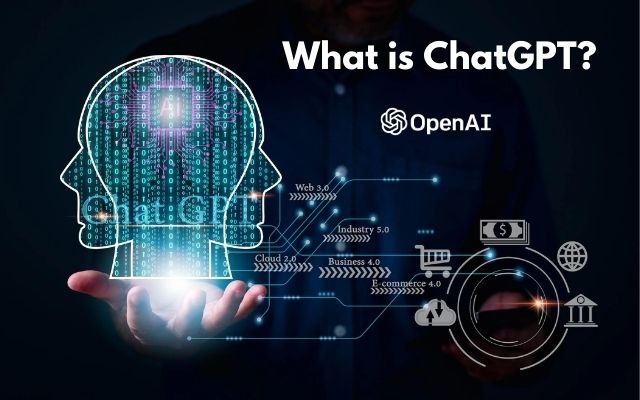In an era where technology continues to advance at a breathtaking pace, chatgpt has emerged as a pioneering force in the world of conversational AI. This cutting-edge language model, developed by OpenAI, has garnered widespread recognition for its ability to understand and generate human-like text. ChatGPT is not just another chatbot; it’s a sophisticated, versatile, and adaptive tool that promises to redefine the way we interact with AI systems and transform a myriad of industries.
The Birth of ChatGPT
ChatGPT is the latest iteration of the GPT-3.5 architecture, which stands for “Generative Pre-trained Transformer.” The model is built upon a foundation of deep learning and natural language processing, underpinned by a massive amount of text data from the internet. This immense corpus of text allows ChatGPT to draw from a wide range of information and context to engage in meaningful conversations.
Unparalleled Conversational Capabilities
What sets ChatGPT apart is its ability to engage in conversations that feel eerily human-like. It can understand context, carry on lengthy and contextually coherent conversations, and provide responses that are often indistinguishable from those of a human interlocutor. This level of naturalness and coherence is a game-changer for a wide array of applications, from customer support to content generation, and even personal assistants.
Applications Across Industries
ChatGPT’s versatility extends across numerous sectors. In healthcare, it can assist medical professionals in researching and understanding complex medical literature, providing rapid responses to queries, and even enhancing the patient experience through virtual health assistants. In education, ChatGPT can be a powerful tool for personalized tutoring and adaptive learning, offering students instant help with homework or coursework. The possibilities are nearly endless, with ChatGPT poised to revolutionize industries like e-commerce, marketing, and content creation as well.




